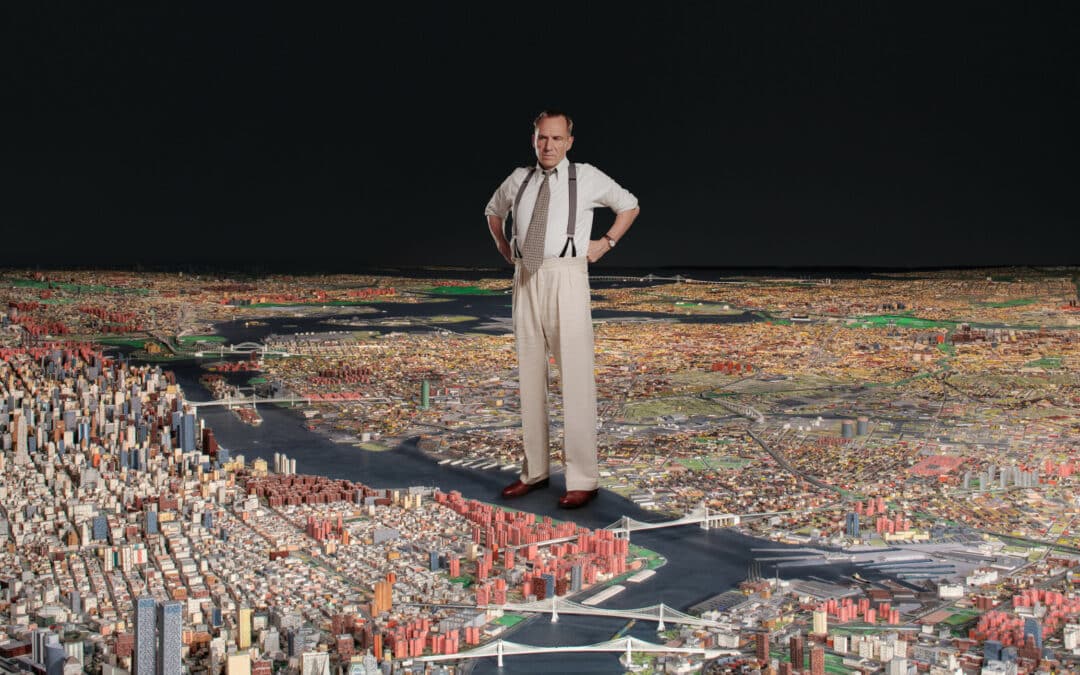We kicked off our Transportation Equity Doc & Talk series in May with the filmed play Straight Line Crazy about the life and legacy of Robert Moses. During our community conversation, we asked a few questions about how issues in the film reflected those in our region. We received these responses.
- How do the issues brought up in the film show up in our community? In what ways are they the same? In what ways are they different?
- How has our community or could our community address these issues?
- What are your hopes, visions, and/or concerns for long-term transportation equity in our community?
From Chris Beldon, DTA
- We have the same culture of roadway building with the purpose of driving convenience at the expense of the communities the roadways run through. What’s different is we know a lot more about the negative impacts certain roadway designs have on our communities, and citizens are more knowledgeable and advocate for better design.
- Highway caps were a very progressive concept when Duluth built the tunnels with the last I-35 extension, which helped address/mitigate some of the negative impacts of the freeway. I think the ongoing conversations around mitigating the divide between downtown and the waterfront is an important discussion and will hopefully result in better connectivity.
- I hope to see more emphasis on the pedestrian infrastructure in Duluth. It is the most basic and sustainable form of transportation, yet our city is still very difficult to move around, especially for the most vulnerable in our community. I also hope to see winter accessibility improved. It should not be a requirement to own a car when you live in an urban environment, yet for many, a car is the only way they can get around/
From Andrea Crouse, Zeitgeist
- The scene where the board decides to host a public meeting the next day early in the AM struck me as how people often feel about public input processes. Oftentimes folks hear about these opportunities AFTER they occur. While I don’t think local agencies are purposely doing this, the outreach approaches/locations/accommodations (childcare especially) are often not effective for participation. There was also a sense that people are not told about the bigger picture of why designs are being proposed as they are. The long term vision is not always clear. This is a real challenge with transportation infrastructure where decisions on one end of a road can impact the options on another end of the road – but that is not always readily apparent. So we can limit our options sooner than anticipated by the lay person.
- I love that our team helps gather input WHERE PEOPLE ARE AT – going to folks when possible, instead of asking people to come to us/meetings. I also think that providing phased views of our work – what are we talking about today and how will it impact decisions 10 or more years from now?
- The voices that are loudest and most powerful are often centered and drive the tone in community feedback (and these voices are not always the most informed). I’m interested in creating venues where people can learn about the issues and topics and then offer their opinions.


Recent Comments